- home
- Articles
- Architectural Portfolio
- presentation
- Architecture News
- visualization
- Freelance Architecture
- Schooling
- Parametric Design
- Landscape Architecture
- Construction
- Interior Design
- Schooling
- Artificial Intelligence
- sketching
- Design Softwares
- diagrams
- writing
- Architectural Tips
- Roofing
- sustainability
- courses
- concept
- technology
- projects
- visualization
- Competitions
- Store
- Contact
- My account
- home
- Articles
- Architectural Portfolio
- presentation
- Architecture News
- visualization
- Freelance Architecture
- Schooling
- Parametric Design
- Landscape Architecture
- Construction
- Interior Design
- Schooling
- Artificial Intelligence
- sketching
- Design Softwares
- diagrams
- writing
- Architectural Tips
- Roofing
- sustainability
- courses
- concept
- technology
- projects
- visualization
- Competitions
- Store
- Contact
- My account
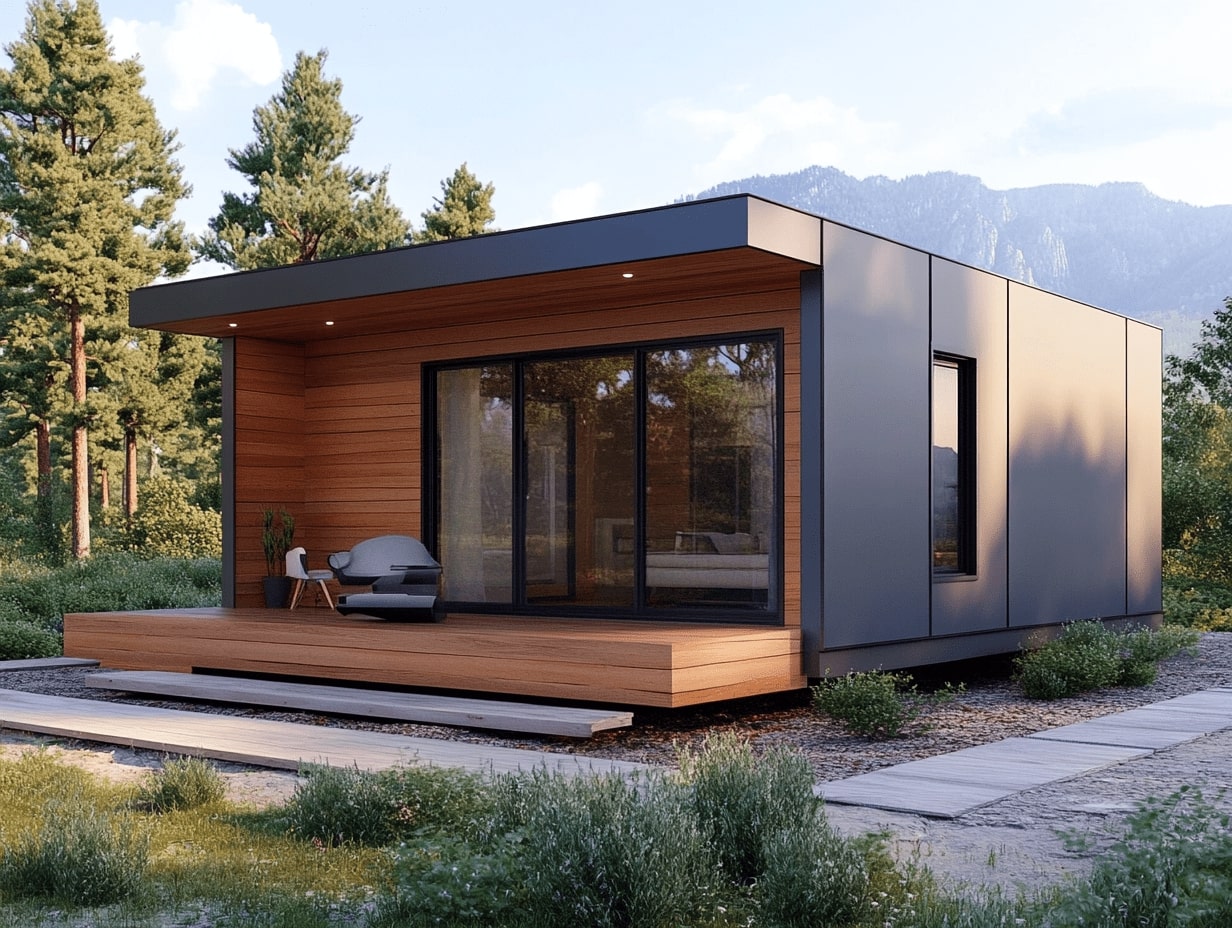
Exploring Popular Tiny House Communities in the US: Top Places for Minimalist Living
Tiny house living has captured our imaginations, offering a simpler, more sustainable way of life. Across the US, tiny house communities are popping up, creating tight-knit neighborhoods where people value minimalism and connection. These communities aren’t just about downsizing—they’re about rethinking how we live and interact with the world around us.
As we explore these unique spaces, we’ll discover the charm and innovation behind them. From eco-friendly designs to shared amenities, these communities showcase how small living can lead to big possibilities. Whether we’re curious about joining the movement or just fascinated by the lifestyle, there’s so much to uncover in these tiny house havens.
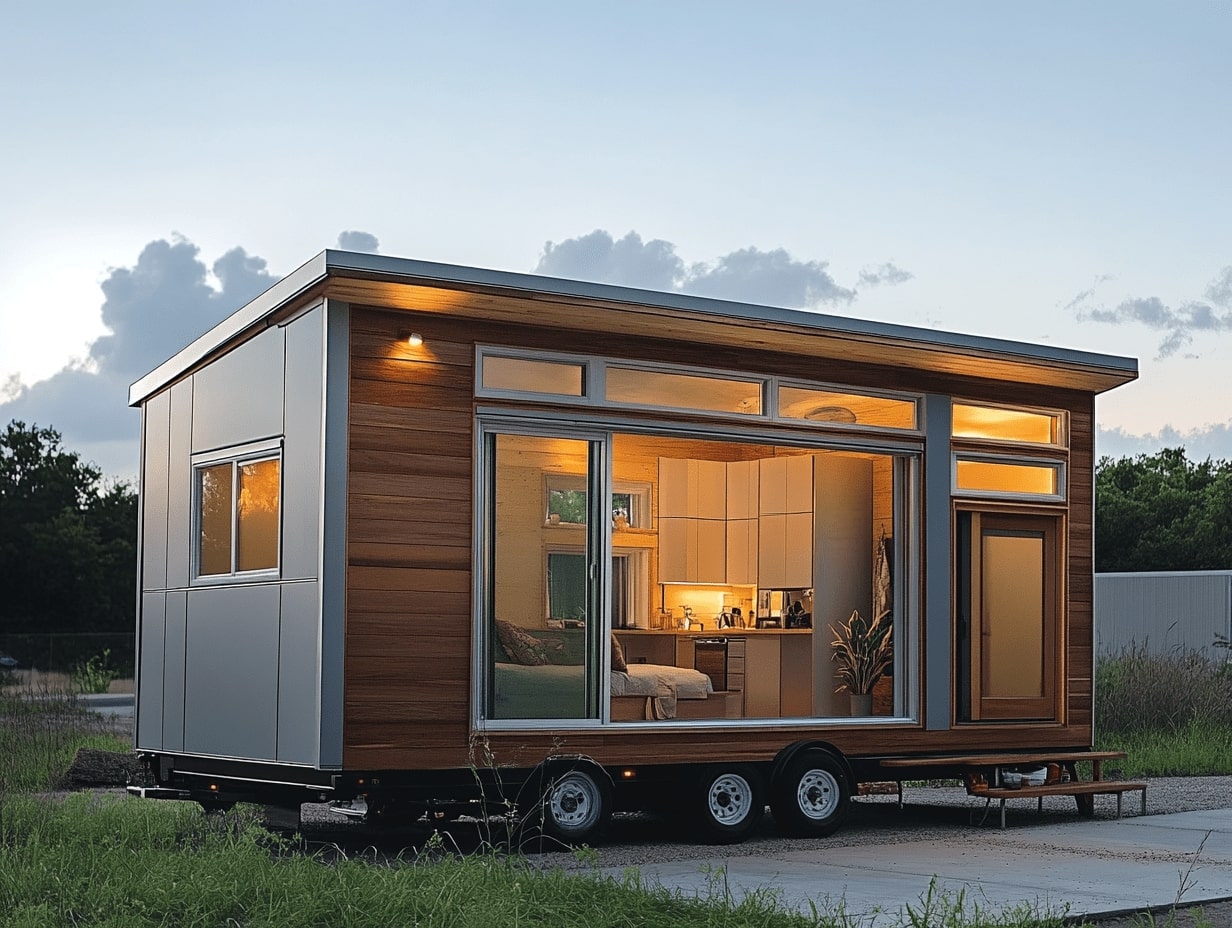
Table of Contents
ToggleWhat Are Tiny House Communities?
Tiny house communities are clusters of small homes designed to support minimalist living while promoting a sense of community. These neighborhoods often feature shared amenities like gardens, recreational spaces, and laundry facilities to maximize functionality.
How to Build a Tiny House: A Detailed Step-by-Step Guide
Most tiny house neighborhoods attract individuals seeking affordability, sustainability, and stronger social connections. Locations such as Spur, Texas, and Orlando Lakefront in Florida are prime examples.
Developers often design these communities with zoning regulations and local ordinances in mind, ensuring compliance while leveraging underutilized spaces. Many communities focus on eco-friendly initiatives, including renewable energy sources and water-saving systems.
Some communities embrace specific lifestyles or demographics, such as veterans, retirees, or artists, creating tailored environments. Others operate as vacation spots, offering short-term rentals and communal living experiences.
Benefits Of Living In A Tiny House Community
Tiny house communities offer unique advantages, making them appealing for those seeking a lifestyle change. These communities blend affordability, connection, and freedom in sustainable and minimalist environments.
Affordability And Sustainability
Living in a tiny house community reduces costs compared to traditional housing, including lower utility bills and maintenance expenses. Communities often focus on eco-friendly designs, like solar panels and shared resources, to minimize environmental impact. For example, some communities implement communal gardens, water conservation systems, and energy-efficient home designs, promoting sustainability.
Sense Of Community And Connection
These neighborhoods encourage strong social bonds by fostering shared activities and spaces. Residents participate in group events, like potlucks or workshops, strengthening connections. Spaces such as shared gardens, recreational areas, and clubhouses support interaction, creating a supportive and inclusive environment.
Minimalist Lifestyle And Freedom
Tiny living simplifies life by reducing possessions and prioritizing experiences over material items. The compact spaces encourage intentional living, making it easier to focus on what matters. Many residents enjoy the freedom to travel, save money, or pursue hobbies, freed from the burden of large mortgages or extensive upkeep.
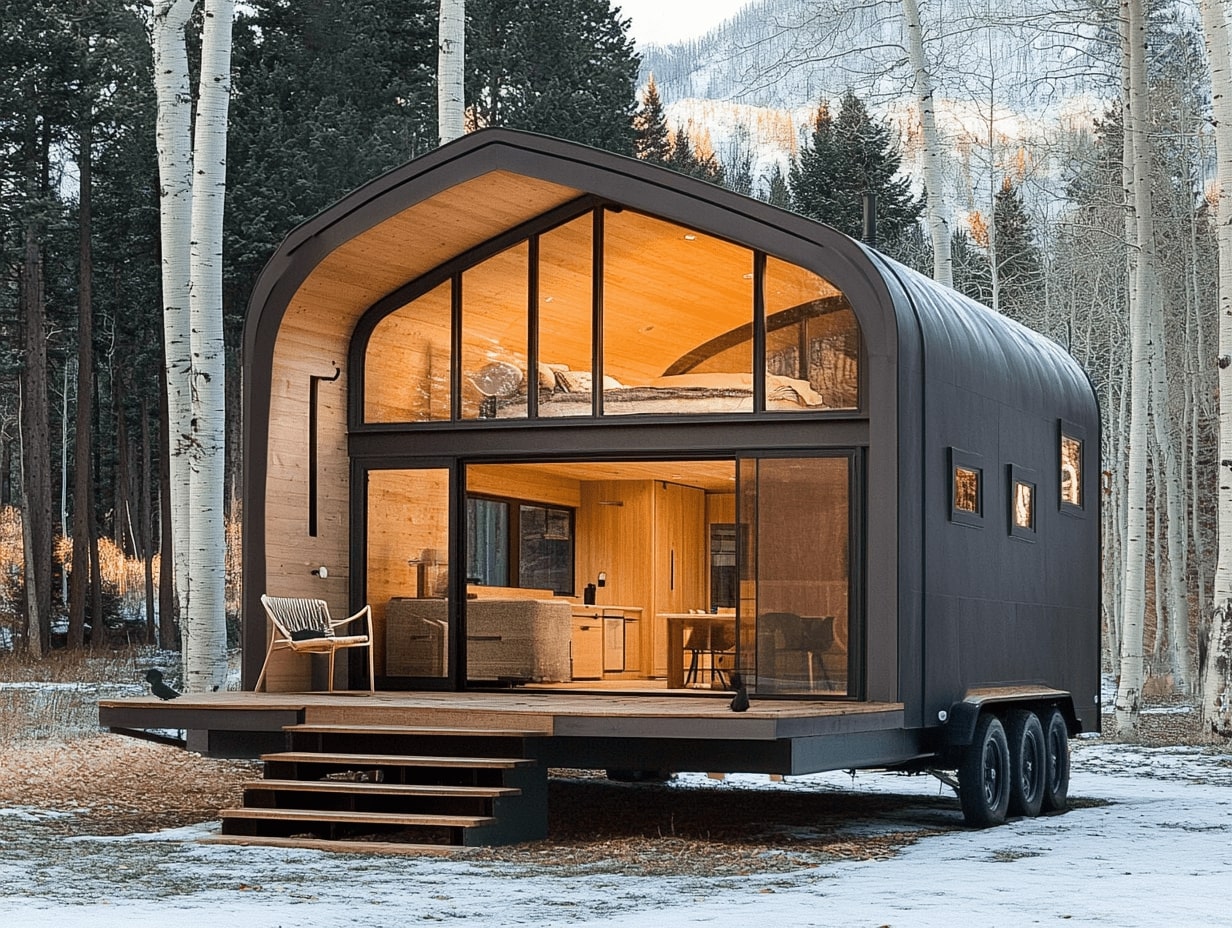
Top Tiny House Communities In The US
Tiny house communities across the US offer a unique blend of minimalism, sustainability, and social connectivity. Let’s explore some of the most popular ones that embrace these principles.
Discover the Top Tiny House Communities to Consider in the USA
Community 1: The Village at Flat Rock (North Carolina)
The Village at Flat Rock in North Carolina features over 60 tiny homes within a tranquil, wooded landscape. It includes shared amenities like a clubhouse, swimming pool, and green spaces. Residents enjoy outdoor activities such as hiking trails and kayaking due to its proximity to the Blue Ridge Mountains. This community supports eco-friendly living and fosters a tight-knit neighborhood atmosphere.

Community 2: Escalante Village (Colorado)
Escalante Village, situated in Durango, Colorado, accommodates 24 tiny homes on the scenic Animas River. It combines outdoor recreation with tiny living, attracting nature lovers. Amenities include community gardens, bike trails, and a central gathering space. Escalante Village focuses on sustainable practices and promotes an active lifestyle, ideal for those who enjoy exploring Colorado’s rugged terrain.

Community 3: Tiny Estates (Pennsylvania)
Tiny Estates in Elizabethtown, Pennsylvania, is one of the largest tiny home resorts in the country. It offers full-time living and short-term rental options with over 30 homes to choose from. Communal areas, including a pond, walking trails, and event spaces, encourage resident interaction. Tiny Estates provides flexibility for those wanting to experience tiny living or transition into it.

Community 4: Spur Freedom Community (Texas)
Spur Freedom Community in Spur, Texas, markets itself as the “nation’s first tiny house-friendly city.” The community welcomes individuals ready for off-grid living, with relaxed zoning laws that make building tiny homes easier. It caters to those wanting a more autonomous lifestyle, with opportunities for creating personalized spaces and engaging with fellow tiny home enthusiasts.

Community 5: Oregon Cottage Company Village (Oregon)
The Oregon Cottage Company Village in Eugene, Oregon, specializes in custom tiny homes, providing units for permanent residence or rental. This community emphasizes sustainable construction with energy-efficient features like rainwater harvesting systems and solar panels. Shared gardens and recreational spaces enhance community engagement, making it a hub for those prioritizing green living and craftsmanship.

Factors To Consider When Choosing A Tiny House Community
When exploring tiny house communities, evaluating key factors ensures the best fit for your lifestyle and preferences. These considerations can significantly impact your experience and overall satisfaction.
Location And Climate
Choosing a community begins with factoring in its geographical setting and weather conditions. Communities like The Village at Flat Rock in North Carolina offer mild climates with access to nature, while Spur Freedom Community in Texas caters to individuals embracing off-grid living in arid plains. Consider local weather patterns, seasonal temperatures, and proximity to work, family, or recreational activities. Mountain regions may appeal to outdoor enthusiasts, but coastal areas often attract those seeking milder winters.

Community Culture And Rules
Each tiny house community promotes its own distinct values and guidelines. It’s essential to assess whether the community culture aligns with your goals. For example, some communities, like Escalante Village in Colorado, emphasize outdoor recreation and sustainability, while others might cater to artists, retirees, or families. Review HOA regulations, pet policies, and activity rules to ensure compatibility. A community’s cultural framework shapes daily life and impacts social cohesion.
Inspiring Tiny House Designs for Your USA Living Space: Maximize Style and Comfort
Accessibility And Amenities
The availability of transportation, conveniences, and shared features contributes to a community’s appeal. Locations like Tiny Estates in Pennsylvania provide extensive amenities, such as laundry facilities and event spaces, appealing to residents valuing modern conveniences. Amenities like communal gardens, clubhouses, and nearby medical services might also factor into your decision. Assess accessibility to essential services, such as grocery stores, healthcare, and schools, based on your needs.

Future Of Tiny House Communities In The US
Tiny house communities continue to gain momentum as housing trends evolve. Growing demand for affordable and sustainable living drives innovation in these communities, from enhanced designs to advanced eco-friendly features. The future points to broader acceptance as local governments refine zoning laws and building codes to accommodate tiny homes.
Developers are exploring modular construction techniques for faster, cost-effective builds. These methods integrate smart technologies, like energy-efficient systems, to create sustainable and modern living solutions. Examples include off-grid energy setups and water-saving designs, aligning with increased emphasis on environmental preservation.
Collaboration with urban planners may expand tiny house villages into cities, addressing housing shortages in urban areas. These spaces could provide solutions for young professionals, retirees, and those transitioning to low-maintenance living. Such developments highlight tiny homes as adaptive residences for various demographics.
Shared amenities are expected to evolve with future communities. Designs may include co-working spaces, fitness areas, and community kitchens to meet diverse needs. Enhanced social and networking opportunities could further strengthen connections among residents.
Potential growth in state and federal grants could also influence tiny house community expansions. Incentives aimed at affordable housing initiatives encourage these projects, fostering access for individuals seeking alternative housing options.
Exploring the Tiny House Movement in the USA: A Growing Trend for Simplicity and Sustainability
Conclusion
Exploring tiny house communities across the US reveals their growing significance as an innovative housing solution. These communities provide opportunities to embrace sustainability, affordability, and a minimalist lifestyle while fostering strong social connections. Each community offers unique qualities tailored to different climates, preferences, and lifestyles, reflecting an evolving approach to housing.
By highlighting notable examples and factors to consider, we aim to demonstrate how tiny house living redefines conventional living standards. As zoning reforms, eco-friendly advancements, and community-focused designs continue to shape this movement, tiny house communities remain a compelling option for individuals seeking simpler, more connected lives.
- affordable tiny homes
- best tiny house locations
- eco-friendly tiny homes
- eco-friendly tiny houses
- minimalist communities USA
- minimalist home design
- minimalist housing options
- minimalist lifestyle
- minimalist living
- off-grid tiny homes
- popular tiny house communities
- small house communities
- small house living
- sustainable living communities
- sustainable tiny living
- tiny home communities near me
- tiny home lifestyle
- tiny home living
- tiny homes USA
- tiny house builders
- tiny house builders USA
- Tiny house communities
- Tiny House Design
- Tiny House Lifestyle
- tiny house living
- tiny house movement
- tiny house neighborhoods
- tiny house on wheels
- tiny house parks
- tiny house villages
- top places for tiny homes
- top tiny house places
4 Comments
Submit your architectural projects
Follow these steps for submission your project. Submission FormLatest Posts
Top 5 Best Tiny House Building Companies in USA for Sustainable Small-Space Living
Discover the best tiny house building companies in the U.S. offering exceptional...
Discover the Benefits of Joining a Tiny House Community for a Simple, Sustainable Life
Discover the surprising benefits of joining a tiny house community! From affordability...
Legal Guidelines for Tiny House Construction: What You Need to Know
Discover essential legal guidelines for tiny house construction, from zoning laws and...
Begin Your Journey: How to Get Started with Tiny House Movement in USA
Discover how to dive into the tiny house movement in the USA,...






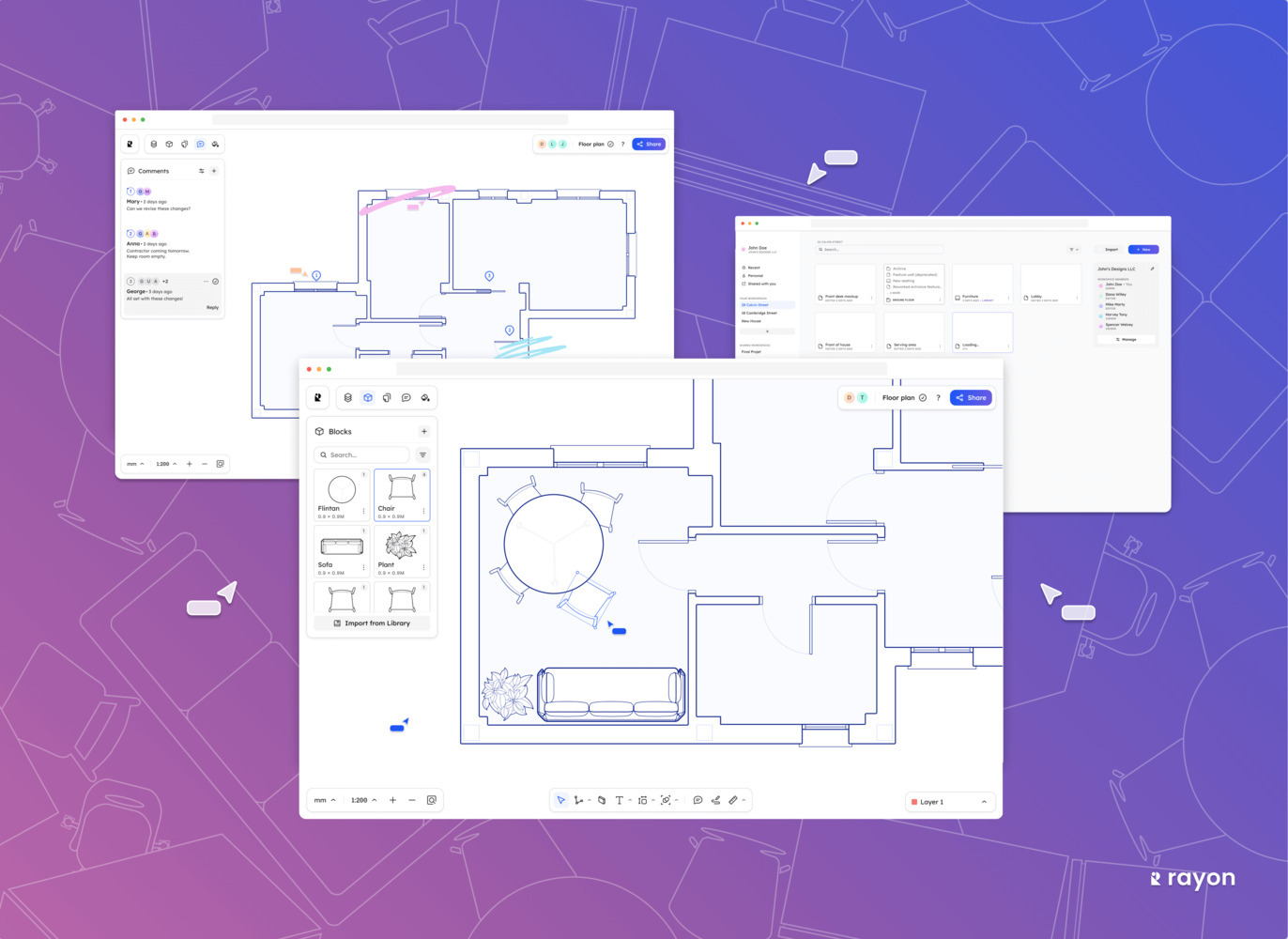

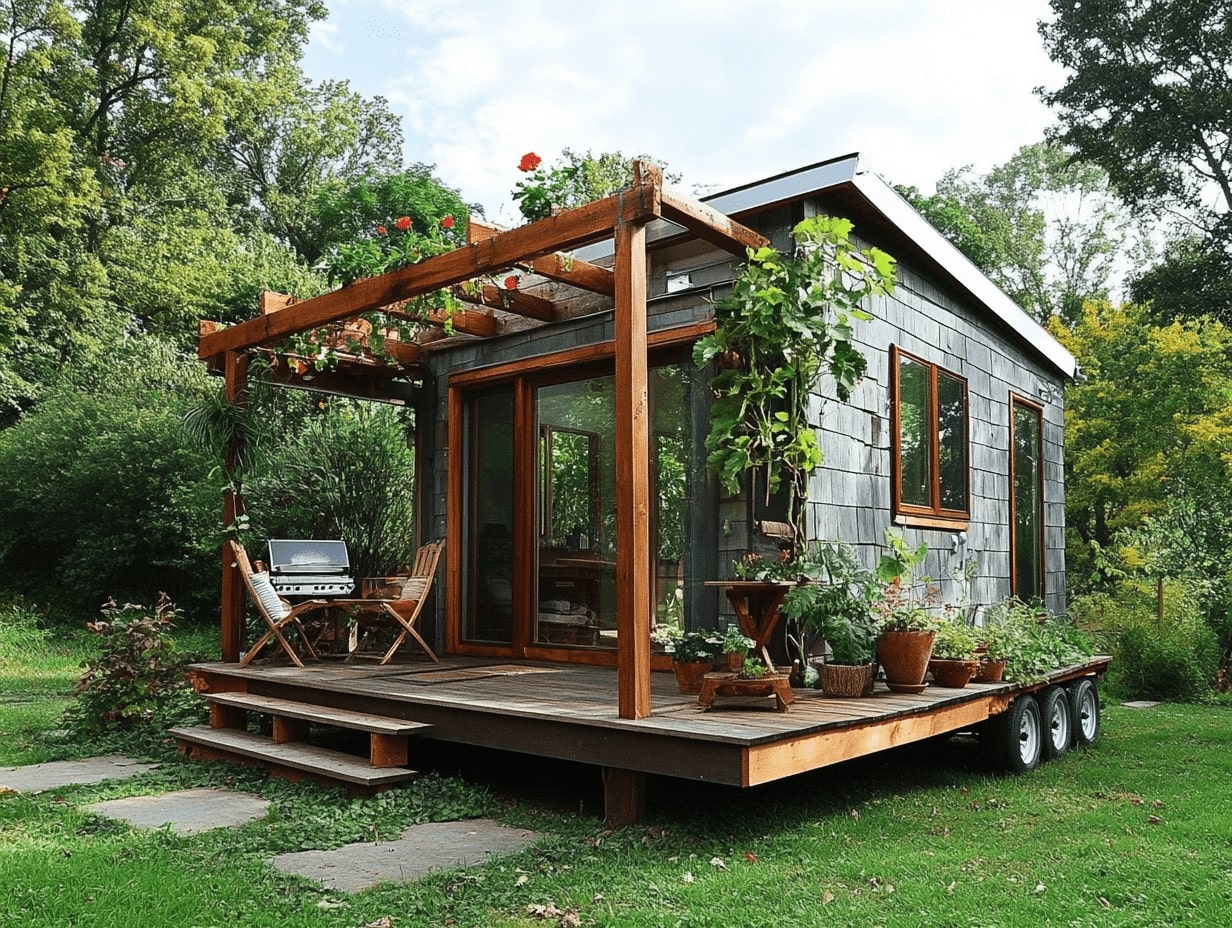
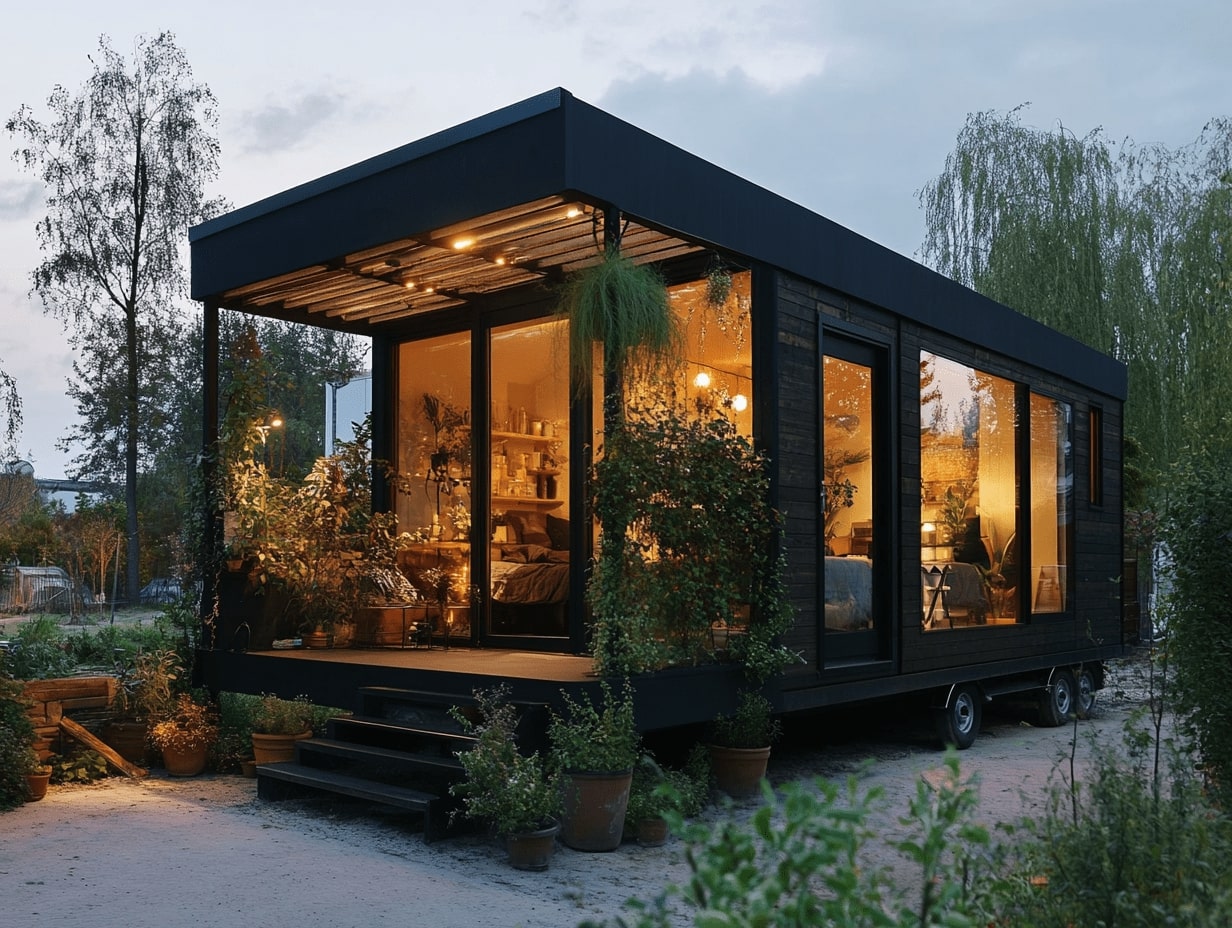
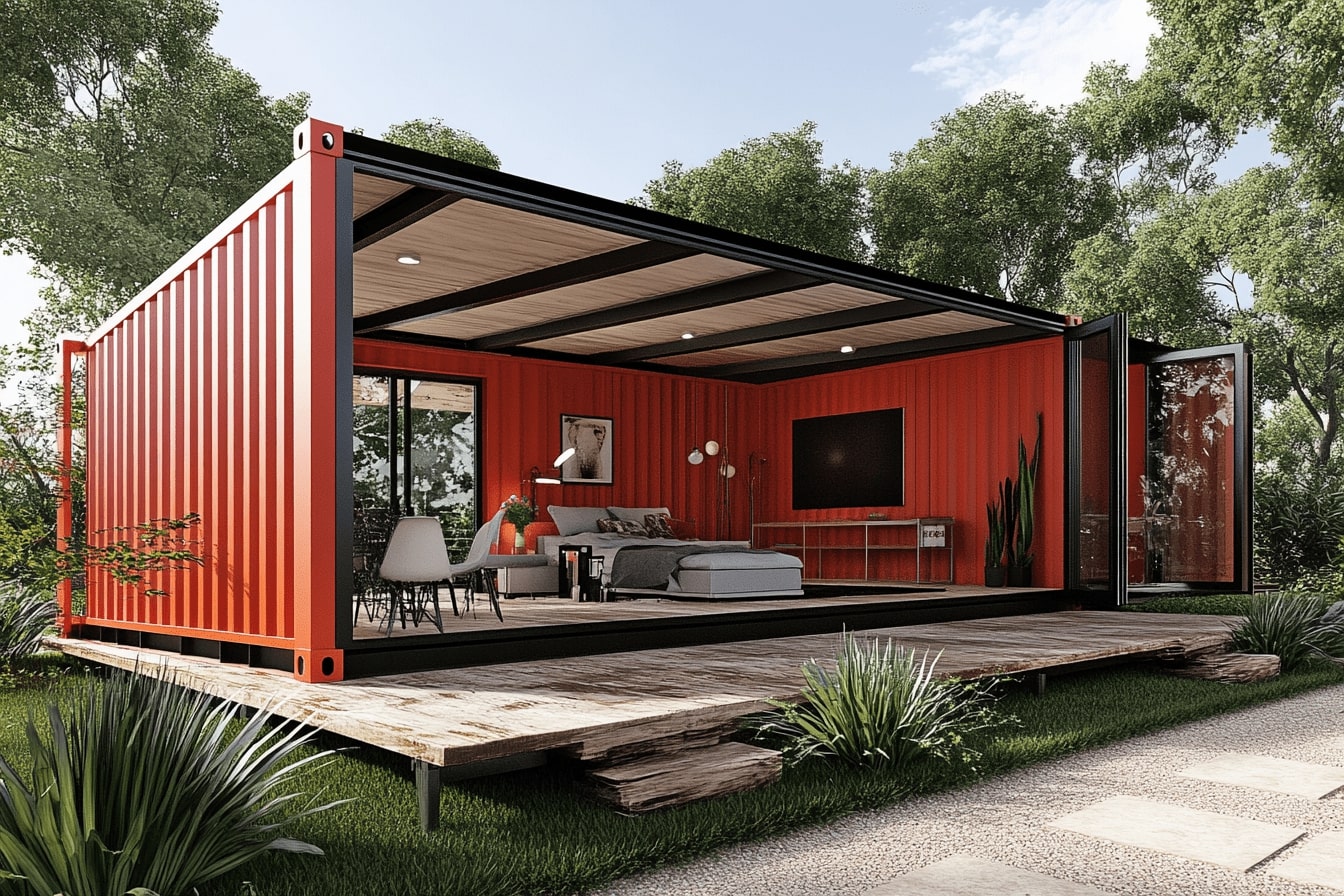

Tiny houses sound interesting. I like the idea of living simpler.
The article mentions many benefits of tiny house communities. Seems like a nice option for some people.
It’s good to see different living styles being talked about. Tiny houses might be a good fit for those who want less stuff.
I learned a bit about tiny house communities from this post. They seem to have their own charm.